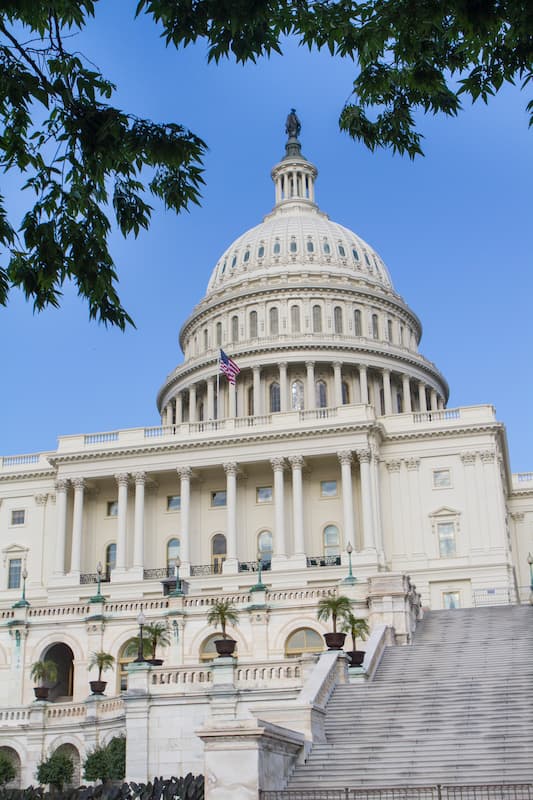New tax laws affect nonprofits in numerous ways.
There’s a lot of chatter out there about the Tax Cuts and Jobs Act’s doubling of the standard deduction and how that could potentially impact giving to tax-exempt organizations. The nonpartisan Tax Policy Center, for example, estimates that charitable contributions will decline by about $12.3 billion to $19.7 billion per year as a result of the change. How bad things will get is debatable, of course, but contributions aren’t the concern facing nonprofits. Operations will also be affected. If your organization operates as a 501(c)(3), read on.
The following changes are effective in 2018:
Unrelated Business Income Tax (UBIT) Calculations
This is probably the most confusing, so let’s tackle it first.
Organizations with multiple unrelated business activities may no longer offset income from one line of activity with losses from another line of activity. Here’s an example. Say your charity earns income from selling ads in your monthly publication and operating a thrift store. You have $15,000 in profits from the advertising but $3,000 in losses from the store. Previously, you could apply the $3,000 in losses against the $15,000 in profits to determine your UBIT. Not anymore. Now, any losses incurred from one unrelated business activity may be carried forward to future years indefinitely (carrybacks have been eliminated) but those losses can only be used to offset income earned from the same activity.
With the change to the corporate tax rates, UBIT ax rate was also changed to 21% for UBIT over the $1,000 threshold.
Fringe Benefits to Employees
In an industry that tends to have more modest salaries, fringe benefits are not uncommon. But nonprofits need to be aware of the tax law changes surrounding them.
Organizations that provide their employees with (1) qualified transportation fringe benefits that are not included in their employees’ taxable income, such as transit passes, car/van pooling, and qualified bike-to-work reimbursements; (2) parking reimbursements; or (3) on-premises athletics facilities (e.g., a gym) must now include the value of such benefits as unrelated business taxable income subject to UBIT. To avoid the UBIT liability, an employer organization can either provide the benefits as taxable items to the employees or discontinue providing the benefits.
Limitations on Entertainment-Related Deductions (applicable to calculations of UBIT)
Nonprofit organizations may no longer take tax deductions for amounts paid or incurred for:
- Activities generally considered to be entertainment, amusement, or recreation (even if they are directly related to the active conduct of the organization’s trade or business);
- membership dues for any club organized for business, pleasure, recreation or other social purposes;
- a de minimis fringe that is primarily personal in nature and involving property or services that are not directly related to the taxpayer’s trade or business;
- a facility or portion thereof used in connection with any of the above items; and
- a qualified transportation fringe, including costs of operating a facility used for parking.
Salaries exceeding $1 million annually
For larger organizations, such salaries are a possibility, and those organizations will be subject to a new 21% excise tax on annual compensation to any of their five most highly compensated employees in excess of $1 million, except in cases of medical services provided by doctors, nurses, and veterinarians (compensation from related parties is included). The new excise tax applies separately to both:
- Remuneration (wages for federal income tax purposes, but not including designated Roth contributions) other than excess parachute payments; and
- Excess parachute payments (separation pay, generally, with a present value that equals or exceeds three times the employee’s base amount).
Note that relatively few organizations will be subject to the excise tax, as very few tax-exempt organization employees receive pay of this magnitude.
College Endowments
Private colleges and universities will be subject to a new 1.4% excise tax on their net investment income if:
- they had at least 500 tuition-paying students during the preceding taxable year;
- more than 50 percent of tuition-paying students are located in the United States; and
- the aggregate fair market value of their assets, as of the end of the preceding taxable year, not used directly in carrying out the institution’s exempt purpose is at least $500,000 per student.
State colleges and universities are excluded from this new tax. Only about 30 colleges and universities will feel the pinch.
Advance Refunding Bonds
Tax-exempt advance refunding bonds, generally a form of refinancing used by government issuers and 501(c)(3) borrowers, have effectively been eliminated because the TCJA makes the interest on such bonds taxable. Advance refunding had been a common practice used by issuers to refinance bonds beyond 90 days from their call date to take advantage of a better interest rate.
The challenges faced by nonprofits as a result of tax reform cannot be overstated. For more information or assistance on navigating these new waters, please reach out.






